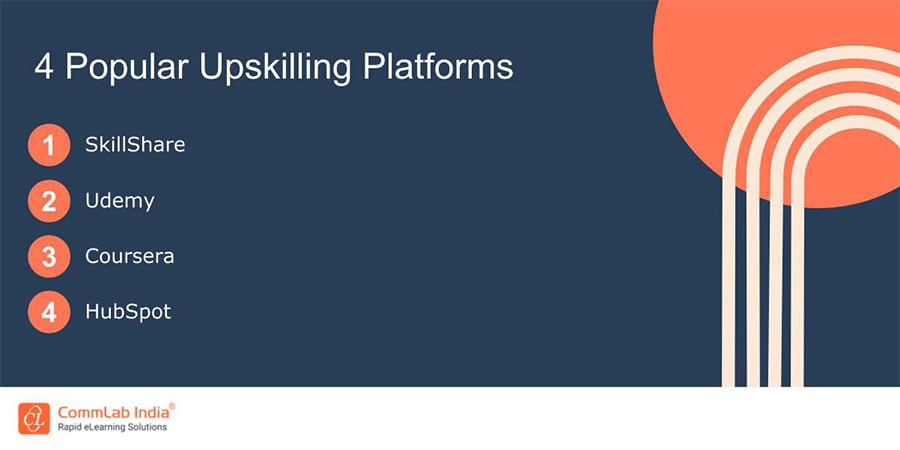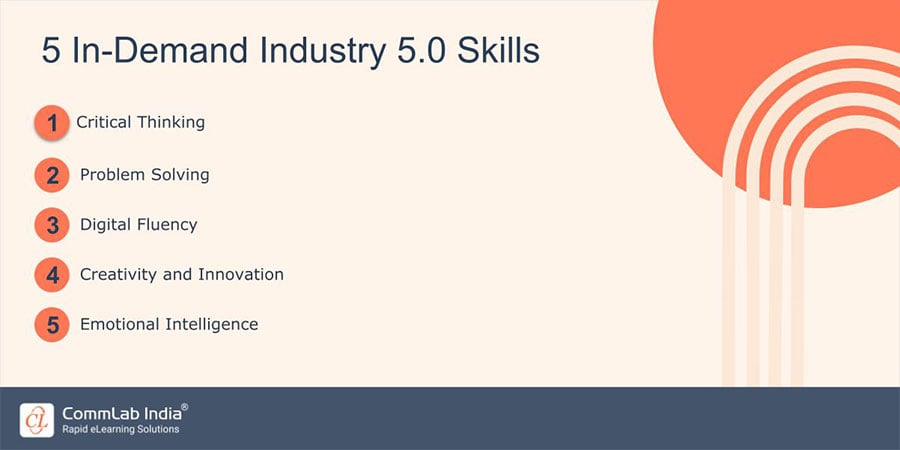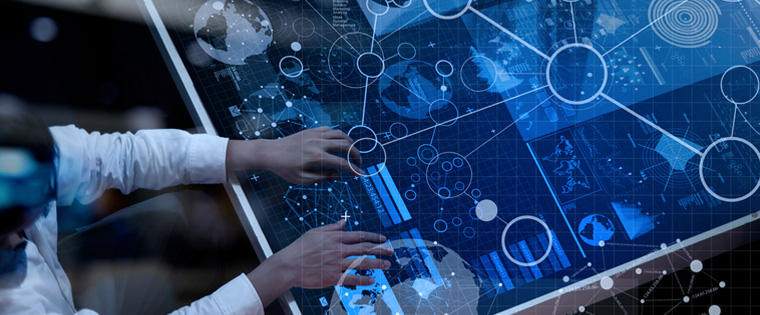The Rise of Fifth Industrial Revolution (Industry 5.0): Humans, Machines, and the Path to Success for L&D Fraternity

Welcome to the era of Industry 5.0, where humans and machines unite to revolutionize manufacturing like never before! Gone are the days of complete automation and detached processes. We are now entering a new phase that celebrates the power of human ingenuity, creativity, and collaboration while harnessing the incredible potential of advanced technologies. Industry 5.0 is the future of the industry, a harmonious fusion of human-centered approaches and cutting-edge automation.
L&D Fraternity is Effectively Moving Toward Industry 5.0!
Here are a few key aspects of Industry 5.0 –
- Human-centered approach
- Collaboration and coexistence
- Customization and personalization
- Sustainability and social responsibility
- Reskilling and Upskilling
In this exciting era, customization, sustainability, and social responsibility take center stage, driving innovation and reshaping the L&D landscape. So, fasten your seatbelts and join us on this exhilarating journey as we unveil the compelling vision and limitless possibilities of Industry 5.0!
What Exactly is Industry 5.0?
Industry 5.0 is a concept that builds upon the previous industrial revolutions, namely the transition from manual labor to mechanization (Industry 1.0), the introduction of mass production and assembly lines (Industry 2.0), the rise of computerization and automation (Industry 3.0), and the integration of digital technologies and connectivity (Industry 4.0). It represents the next phase of industrial development, emphasizing the collaboration between humans and advanced technologies to create more sustainable and human-centric processes.
Unlike its predecessor, Industry 4.0, which focused on automation and the Internet of Things (IoT), Industry 5.0 seeks to address the limitations of complete automation by recognizing the value of human skills, creativity, and emotional intelligence in this digital realm. It aims to achieve a harmonious integration of humans and machines.
→ Download eBook Now: The State of Learning
5 Key Aspects of Industry 5.0
1. Human-Centered Approach
Industry 5.0 places humans at the center of the manufacturing process. It acknowledges that certain tasks are better suited for humans, such as problem-solving, critical thinking, adaptability, and empathy, while repetitive and mundane tasks can be delegated to machines.
2. Collaboration and Coexistence
Industry 5.0 emphasizes the collaboration between humans and robots or other advanced technologies. It envisions a symbiotic relationship where humans and machines work together to achieve higher productivity, efficiency, and innovation. This collaboration enhances the strengths of both humans and machines, leading to improved outcomes.
3. Customization and Personalization
With Industry 5.0, the focus shifts towards more customized and personalized products. By leveraging advanced technologies like artificial intelligence (AI), machine learning, and big data analytics, manufacturers can tailor products to meet individual customer needs, preferences, and requirements.
Here’s a short video to help you understand the impact of AI on L&D.
4. Sustainability and Social Responsibility
Industry 5.0 promotes sustainability and social responsibility in manufacturing processes. By integrating eco-friendly practices, energy efficiency, waste reduction, and ethical considerations, it aims to minimize the environmental impact of industrial activities and contribute positively to society.
5. Reskilling and Upskilling
As Industry 5.0 requires a new set of skills and competencies, there is a need for reskilling and upskilling the existing workforce. By investing in education and training programs, individuals can acquire the necessary knowledge to collaborate effectively with advanced technologies, ensuring a smooth transition into this new industrial era.

How the Whole L&D Fraternity is Moving Toward Industry 5.0
The field of Learning and Development (L&D) is rapidly evolving to embrace the principles and advancements of Industry 5.0, propelling it from its current status of Industry 4.5. L&D professionals and organizations are recognizing the need to prepare the workforce for the imminent changes and challenges brought about by this new industrial era. Here’s how the L&D fraternity is moving toward Industry 5.0 –
1. Blending Human and Technological Learning
L&D is embracing the integration of human and technological learning approaches. While traditional classroom training still has its place and specific use cases, there is a growing emphasis on leveraging digital technologies and platforms for eLearning , virtual reality simulations, augmented reality, and gamification. This blended approach ensures a dynamic and engaging learning experience aligned with the collaborative nature of Industry 5.0.
2. Future-Ready Skill Development
L&D practitioners are focusing on equipping employees with the skills necessary for Industry 5.0. They are designing training programs that foster various work-related skills. Training should encourage employees to think analytically, evaluate complex situations, and develop innovative solutions. This involves promoting a mindset of continuous improvement, adaptability, and agility in response to evolving challenges. These skills are crucial for collaboration with advanced technologies and leveraging human strengths.

3. Reskilling and Upskilling Initiatives
Recognizing the need to bridge the skills gap between Industry 4.0 and 5.0, L&D professionals are spearheading upskilling and reskilling initiatives . They are identifying the emerging roles and competencies required in this new era and developing targeted training programs to enable the workforce to adapt to changing job requirements and technology integration.
4. Collaborative Learning Ecosystems
L&D is promoting collaborative learning ecosystems where employees can learn from each other and collaborate with experts and mentors. These ecosystems leverage technologies like social learning platforms, online communities, and knowledge-sharing tools. By fostering a culture of continuous learning and knowledge exchange, L&D is facilitating the seamless collaboration between humans and machines envisioned in Industry 5.0.
5. Emphasis on Ethical Considerations
With Industry 5.0’s focus on sustainability and social responsibility, L&D is incorporating ethical considerations into training programs. This includes raising awareness about responsible AI usage, data privacy, cybersecurity, and the ethical implications of automation. L&D professionals are equipping employees with the knowledge and ethical framework to navigate the evolving landscape of Industry 5.0.
Parting Thoughts!
As the L&D fraternity embraces these transformations, it is taking significant strides toward Industry 5.0. The journey from Industry 4.5 to Industry 5.0 is well underway, with L&D leading the way toward a more human-centric, innovative, and sustainable future. By addressing the various shifting training needs consisting of different aspects such as collaboration, critical thinking, digital literacy, creativity, ethics, and adaptability, organizations can equip their workforce with the necessary skills and competencies to thrive in Industry 5.0. If you are curious to explore the state of learning beyond 2023, you can check out this insightful eBook and stay ahead of the curve.





